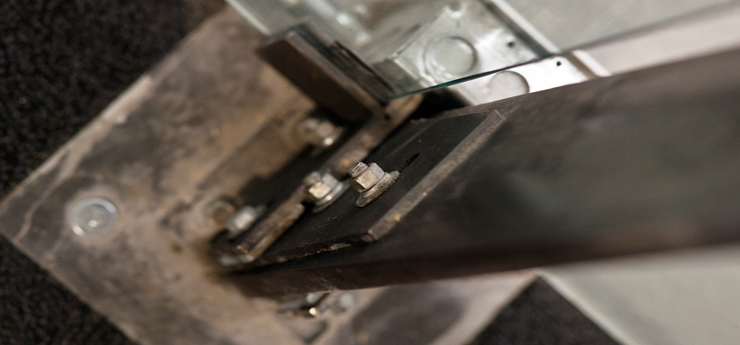Whether you’re updating your kitchen, giving your office a facelift, or designing your business’s new location, remodeling is an exciting process. With all the hustle and bustle, it’s easy to spend more than you budgeted before you realize it. Here are some simple tips to keep your remodel on budget.
Set a realistic budget
Before you go nuts and start buying materials or hiring a contractor, you need to sit down and set a realistic budget. What funds do you have available for the project? What’s the average cost of the improvements you’d like to make? Get detailed estimates from several contractors to get an idea of what you can reasonably achieve in your remodel.
Make a detailed plan
Be specific in your remodel plans before you begin and communicate the plan to your contractor or remodel team. What shade of gray are the cabinets? Is the built-in bar made of real barn-wood or a composite? A detailed plan will save you from costly mistakes that can derail your project.
Stick to the plan
Now that you’ve seen the new rustic wood countertops in your kitchen, you’re thinking how great some sliding barn-wood doors would look in the dining room. First, is it in the budget? If not, add it to the list of upgrades you’d like if there’s money left over. Unplanned upgrades and impulse buys can quickly throw you over budget, so stick to the plan.
Set aside contingency funds
Every project encounters unplanned problems that can be costly and time consuming. Setting aside a 5%-20% contingency fund, depending on the scope of your project and the condition of the property being remodeled, will help cover these expenses without breaking the budget.
Communicate, communicate, communicate
Did I mention communicate? Whether it’s a DIY job with friends or you’ve hired a contractor and crew, communication is key to the success of your project. Monitor the process to ensure that key details have been completed properly and that the project remains on budget. Staying in the loop with your team is key to avoiding mistakes, misunderstandings, and other budget killers.

